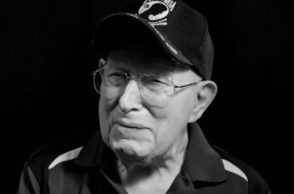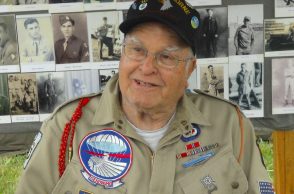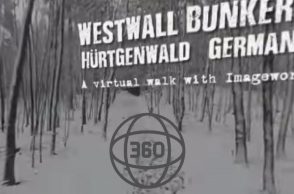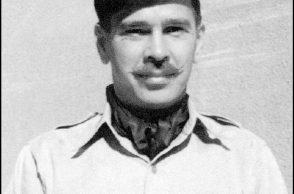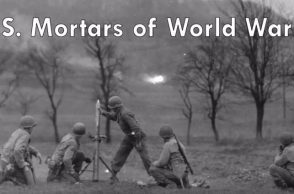“After daybreak cleared, Peiper pointed to a fir tree, sparkling brilliantly in the sun. “Major, he said with a sardonic smile, “the other night I promised you I would get you a tree for Christmas. There it is.”
By Ann Hamilton-Shields
I was hooked by those two sentences. The summer of 1984 flew by as I plowed through the Time/Life WWII series – but it was Peiper and the Battle of the Bulge that wouldn’t let me go. Who were these soldiers escaping through a snowy forest on Christmas day, 800 Germans with a lone American hostage? Thus began a 32 year fascination with Kampfgruppe Peiper’s 1944 breakout from La Gleize.
Skipping forward to 2004, I was a civilian nurse for the US Army living in Germany with my family. We had visited La Gleize a time or two and Peiper’s breakout pulled at me every time. But where to start? Out of the blue a friend sent me Major General Micheal Reynold’s article “Escape from the Cauldron”, prompting an avalanche of reading on the Bulge and more specifically, Jochen Peiper.
Over the years my amateur study of WWII blossomed. We attended veteran affairs, trekked through battlefields, toured museums, and became acquainted with the dedicated network of WWII experts in the European Theater.
Meeting author Danny Parker at a 2007 museum opening in Baugnez kicked off a new phase in my interest. We chatted: “So, you’re writing a bio of Peiper? He’s my favorite German bad boy – a paradox of good and evil.” The conversation flowed and a week later I was one of Danny’s many manuscript readers.
My role soon expanded into scouting and photographing locations from Peiper’s life. In Berlin, chasing Peiper’s history was not difficult: a flat in his Ruedesheimer Platz building, the building next door to his bombed-out childhood home, his elementary school, the Wansee yacht club (where I snuck in with help from the kitchen staff), his wedding and reception site, an apartment in the building where “Little Bunny” Potthast lived, and of course the Lichterfelde Barracks complex. The cooperation of the Berliners was astonishing.
In 2008, my husband and I arrived at the La Gleize museum after a day tracking Kampfgruppe Peiper’s route. Mr Gregoire walked me outside and pointed to the rocky trail where Peiper and his men slipped out of town. Twentyfour years had passed since I first read about MAJ McCown and Peiper – now it was time to put on the hiking boots.
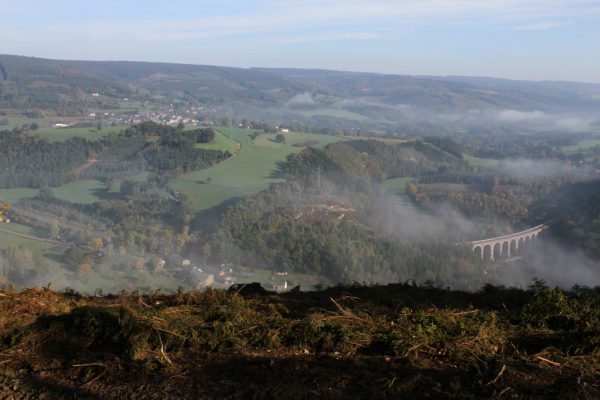
Danny Parker’s meticulous research provided the backbone for my numerous hikes. The lack of specific directions was frustrating until I realized the Germans themselves didn’t know exactly where they had walked during that grueling 36 hours. My early hikes (2009-2011) were solo endeavors as I scouted out each segment with a sweaty conglomeration of maps and documents, struggling to meet my worried husband at a pre-arranged time and place. I fought brambles, insects, blisters, mud – and the staff at Wanne chateau, where I was asked to leave!
In 2011 my worry about descending the steep face of Mt St Vincent alone was solved when I met Doug Mitchell. This ex-pat US Marine had what I didn’t: a military sense of tactics and terrain, excellent photographic skills, and fluent German. Add an affable spirit with well-used hiking boots and we were a pair. Tracking Peiper’s trail in its entirety was happening!
During the summer of 2012 Doug and I walked the breakout using our combined sources. I won’t go into the wrong turns and painful backtracks involved – and must mention that in true USMC fashion Doug didn’t complain! Major General Michael Reynolds graciously reviewed our work, including over 200 photographs, and pronounced it a match with the eyewitness reports he’d collected in the 1970’s from German vets.
Over the course of our research, many WWII history friends had expressed interest in walking the route of Peiper’s breakout. This idea became a reality in October 2012 as our hardy group left La Gleize on a fall morning, arriving in Wanne about eight and a half hours later. It was a fourteen mile day of ascents and descents, sun and rain, and “aha!” moments when sites recorded almost seventy years ago popped into view. There was no snow, no hunger, and no machine gun fire….just history under our boots, and the satisfaction of nailing down a mystery before it was too late.
